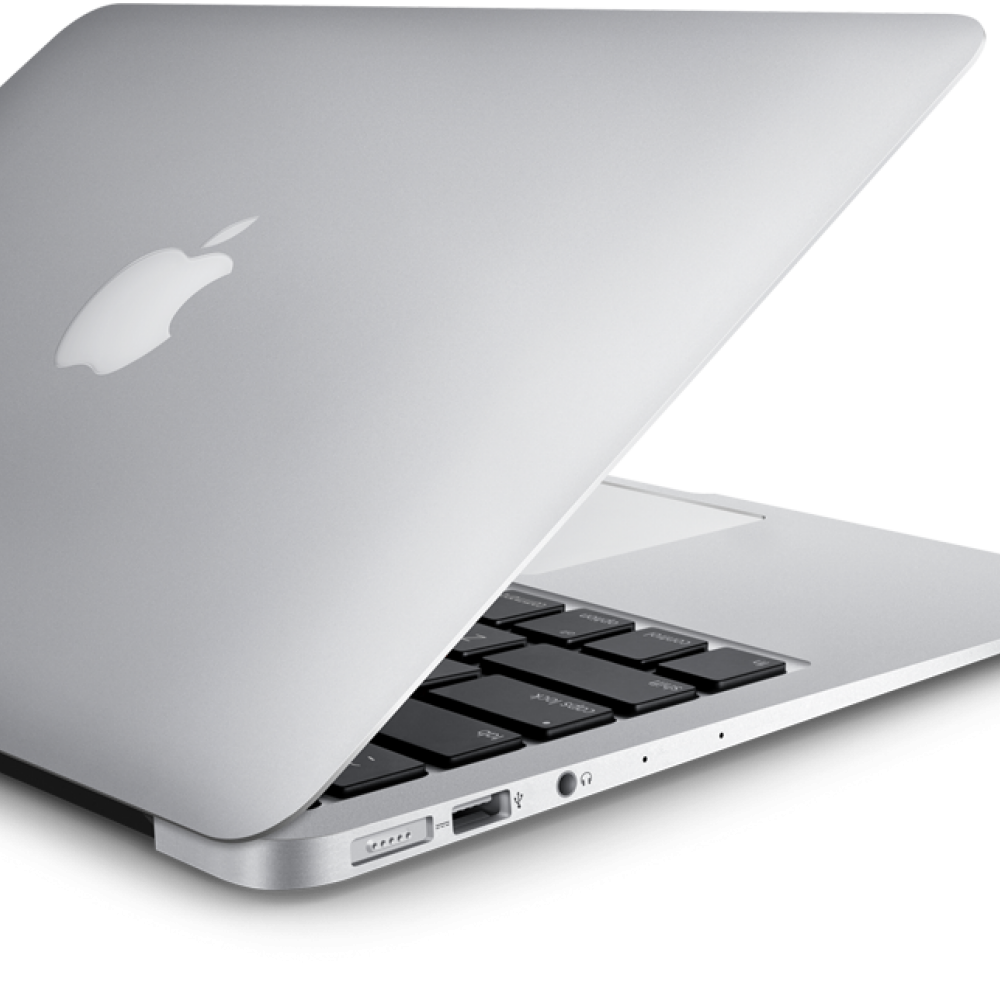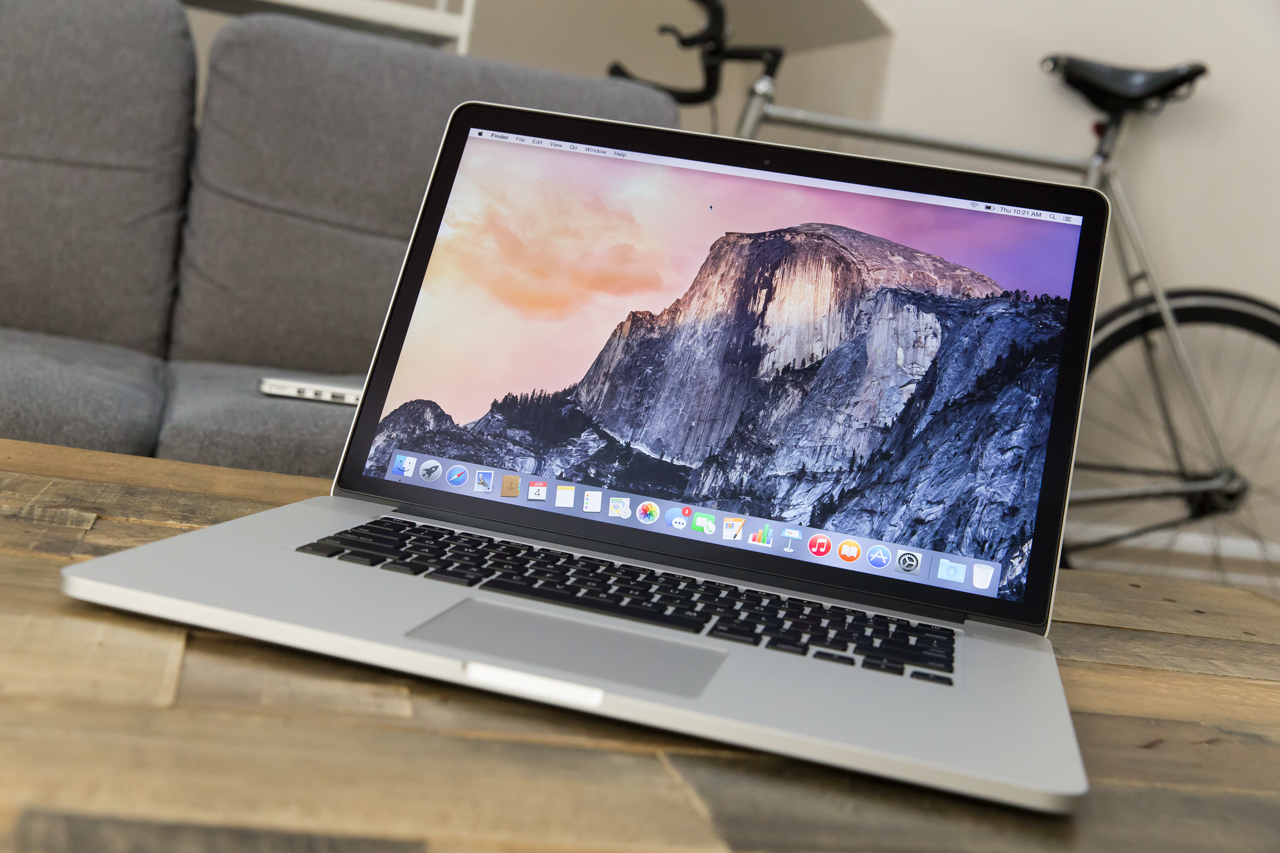

The new Split View feature joins two full-screen apps side-by-side, and dragging the split down the middle allows you to select how much space each app gets onscreen. Indeed, the recent arrival of OS X El Capitan helps make the most of every one of those 3.3 million pixels. I preferred the extra desktop space afforded by the More Space setting in OS X, as it felt a touch cramped with scaling left at the default size, but it’s easy to tweak the setting to best suit your individual needs, or indeed the limits of your eyesight. The high pixel density causes little in the way of practical problems, either.

And despite the fact that the pad sits a mere couple of millimetres below the spacebar, it never caused any accidental clicks or errant cursor movements – it just works. Once you get used to Force-clicking documents, pictures and hyperlinks in Safari to bring up quick previews in OS X, it becomes something you instinctively miss on a Boot Camp installation of Windows 8. It is wider, if a little less tall, than that of the 13in MacBook Pro. The Force Touch trackpad is far less likely to divide opinion. In short, if you are considering the MacBook then I strongly advise you spend some time in your nearest Apple store trying the keyboard out – I suspect it’s a love/hate thing. Developer Marco Arment, in his review of the MacBook, described the keys as feeling clicky, “ almost like the iPhone’s Home button”, and there is something in what he’s saying. However, anyone used to using a mechanical keyboard, or indeed any other keyboard at all, may find that the MacBook keyboard takes a lot of getting used to. A feather-light yet crisp dig of feedback leaves no doubt as to whether you’ve hit a key or not, and I was soon typing as comfortably and quickly as on my long-suffering office ThinkPad. Each of the backlit keys is 40% bigger, and although they have very little travel, that’s something I very quickly got used to.


 0 kommentar(er)
0 kommentar(er)
